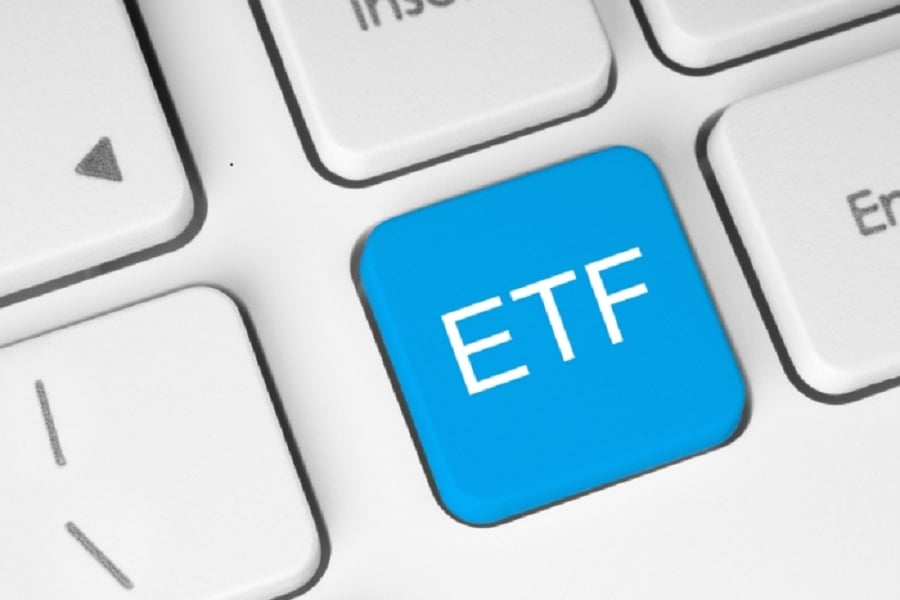One could argue that innovations in fixed income ETFs will have a greater impact than innovations on the equity side.
Fixed-income investors should be very happy with recent developments in exchange-traded funds. The ETF industry has grown rapidly in recent years, continuing to create new products for the benefit of investors.
For proof, one need look no further than fixed income. Since 2008, the number of fixed-income ETFs has grown to 260 from just over 60. And most of these innovations have been very good ones. In fact, it could be argued that ETFs will be more impactful to the fixed-income asset class than they have been to equity markets. Here's why.
First, fixed-income ETFs are significantly more liquid than most individual bonds, which results in easier trading and lower transaction costs. This also allows access to more segments of the fixed-income market.
When it comes to building out their fixed-income allocation, many investors simply buy the most well-known fixed-income benchmark, the Barclays Capital Aggregate Bond Index, and that's it. While there is indeed simplicity to this tack, it leaves plenty of opportunity on the table to reduce risks and enhance returns. For the investor who wants the broader opportunity to potentially improve risk-adjusted returns, there is so much more to do.
First, while the Barclays Aggregate captures the bulk of the U.S. investment-grade, fixed-income market, it does not capture everything. For example, it does not have exposure to some very important fixed-income asset class segments, such as:
• Inflation-linked bonds (ILBs) such as Treasury Inflation-Protected Securities. TIPS are arguably one of the most important fixed-income asset classes because they provide inflation protection to their returns. This feature suggests that TIPS should be part of most, if not all, fixed-income allocations. Examples include: TIP (iShares TIPS) and STPZ (PIMCO 1-5 Year TIPS Index).
• High-Yield Bonds (i.e., below-investment-grade bonds or “junk bonds”). High-yield bonds aren't like typical bonds. Given their increased credit risk, they offer potentially higher returns and risks. Nonetheless, a long-term investor in high-yield bonds has historically done well on a risk-adjusted basis, even with the additional credit risk. Examples include: JNK (SPDR Barclays High Yield) and HYS (PIMCO 1-5 Year U.S. TIPS).
• International bonds (including emerging market and sovereign debt). International bonds also offer potential risk-reduction and return-enhancement opportunities, given their exposure to different economies and currencies. An example includes EMB (iShares JPMorgan US Emerging Market Debt).
Recent innovations in fixed-income ETFs have included more than capturing non-Barclays Aggregate bond index exposures. A few more in the fixed-income space have been important in recent years.
• Actively managed ETFs. These ETFs are not passively tracking an index but attempt to add value through active decision making. This has been an exciting development as some of the most prominent fixed-income firms and portfolio managers have launched actively managed, fixed-income ETFs, and they have done well (so far) in terms of investment performance and raising assets. Examples include: BOND (PIMCO Total Return), MINT (PIMCO Enhanced Short Maturity), FBND (Fidelity Total Bond) and the new TOTL (SPDR DoubleLine Total Return Tactical) from well-known fixed-income manager Jeffrey Gundlach.
• Targeted-maturity ETFs. These ETFs have a maturity date just like individual bonds. But instead of being an individual security that might be somewhat illiquid and not easy to trade, it's a diversified portfolio with good liquidity. This innovation should be, and will be, extremely disruptive to the practice of building “bond ladders” (a portfolio of individual bonds spread out on a “ladder” of different maturity dates). These ETFs are indeed a game-changer for individual investors and those trying to match liabilities with assets. While these targeted-maturity ETFs will continue to improve, I fully expect they will grow considerably in the years ahead. Examples include multiple offerings from iShares and Guggenheim.
• Smart-beta fixed income. This development is one of the most exciting. Currently, the Barclays Agg is weighted by the amount of debt issued. Arguably, this puts more emphasis on lower-quality bonds. “Smart beta” fixed income puts portfolio weights on different factors, ultimately creating a better, higher-quality benchmark. A smart-beta example includes PBH (PowerShares Fundamental High Yield).
ETF innovation continues to impact and improve the investment opportunity set for investors, and this is particularly so for fixed-income investing.
Rusty Vanneman is chief investment officer at CLS Investments.







